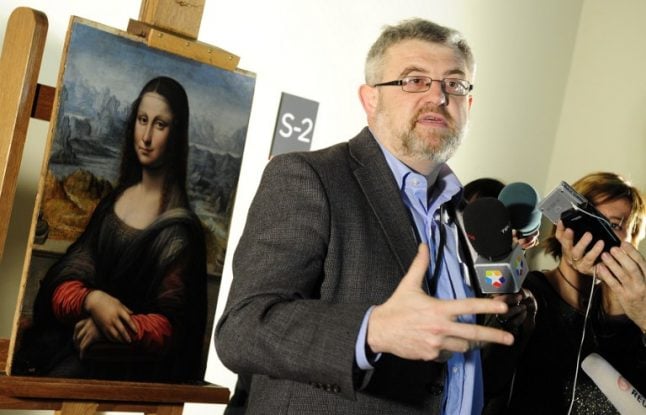Falomir, the museum's deputy director and long-serving curator, will replace outgoing director Miguel Zugaza who is stepping down after 15 years at the helm of the Madrid museum.
Last month, the Prado's selection committee unanimously chose the 51-year-old former art history professor to be its new director and the museum's trustees approved the decision on Wednesday, a statement from the Prado said.
Falomir joined the museum 20 years ago as head of its department of Italian and French paintings and since 2015, he has served as the Prado's deputy director of conservation and research.
He has been responsible for organising major exhibitions at the museum on Titian, Tintoretto, Jacopo Bassano, and Raphael.
Zugaza announced in November that he would leave his post to return to his previous job as the head of Bilbao's Fine Arts Museum, which he held between 1995 and 2001.
He took charge of the Prado in 2002, vowing to double the number of visitors, with the figures jumped from 1.7 million in his first year to more than three million in 2016.
Zugaza oversaw a transformation of the Prado, opening in 2007 a modernist new annex which offers visitors plenty of natural light and blends in with the original gallery which was built in the early 19th century.
The extension and renovation of the museum — the biggest in its history — allowed it to show some 400 additional paintings alongside the 1,000 that were already on display in the permanent collection.
The Prado will mark its bicentenary in 2019.



 Please whitelist us to continue reading.
Please whitelist us to continue reading.